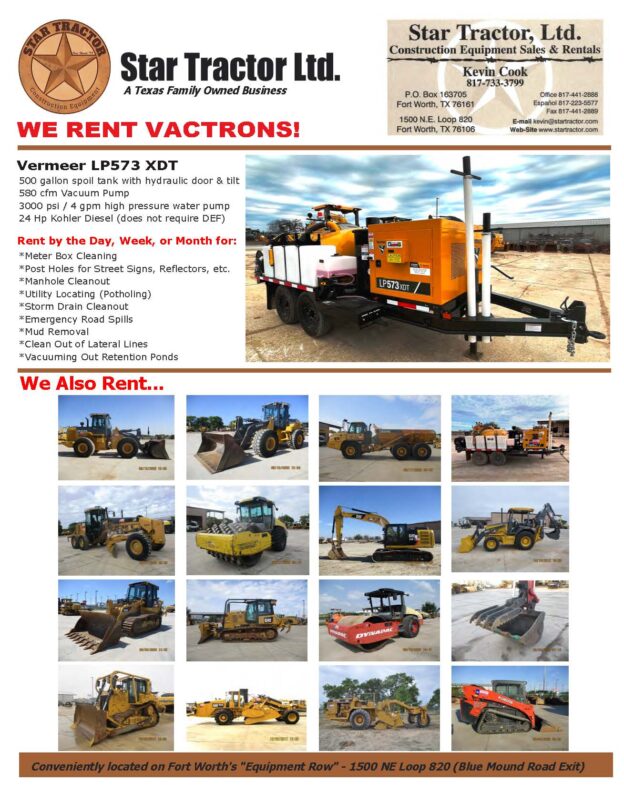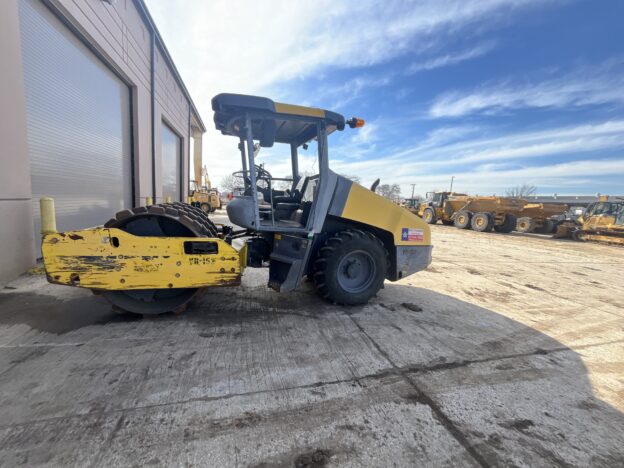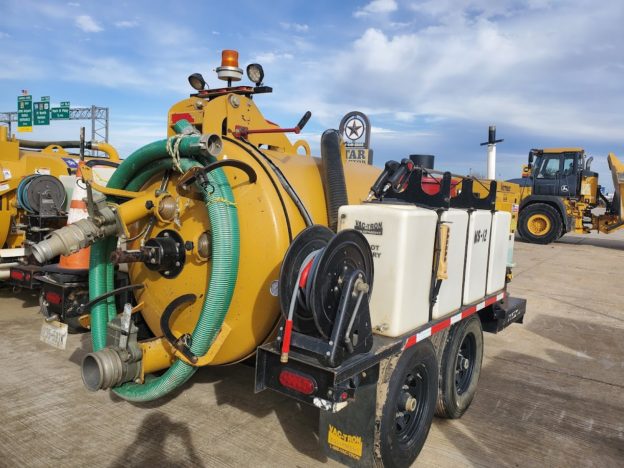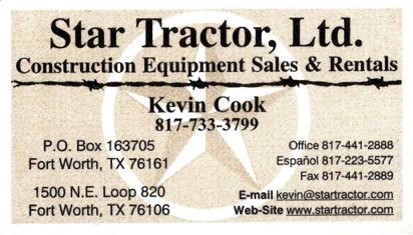Renting heavy equipment can be a smart financial decision for your construction or landscaping project, but success lies in proper preparation. Here’s your comprehensive guide to ensuring a smooth, efficient rental experience.
Know What You Need Before You Rent
First things first: get crystal clear on your project requirements. What exactly are you building or demolishing? How long will you need the equipment? Understanding these basics helps you avoid renting more machine than you need—or worse, not enough.
Consider:
- Specific tasks you’ll be performing (digging, lifting, grading)
- Project timeline and rental duration
- Site conditions and access requirements
- Required equipment capacity and size
Choose the Right Equipment
Not all machines are created equal. A skid steer might be perfect for one job while an excavator is essential for another. Research your options and match the equipment to your specific needs:
- Compare machine capacities and limitations
- Consider attachment options that could increase versatility
- Factor in site access and space constraints
- Think about operator experience levels
Plan Ahead for Availability
Here’s a pro tip: popular equipment often books up fast, especially during peak construction seasons. Book your rental well in advance, and always have a backup plan. When making your reservation, nail down these details:
- Exact rental period
- Delivery or pickup arrangements
- Required attachments or accessories
- Backup dates if needed
Inspection Is Critical
Before accepting any piece of equipment, conduct a thorough inspection. This isn’t just about being picky—it’s about protecting yourself and ensuring you have a reliable machine for your project.
Check for:
- Visible damage or wear
- Proper fluid levels
- Working controls and safety features
- Tire or track condition
- Hydraulic system integrity
Understand the Fine Print
Take time to review your rental agreement carefully. Pay special attention to:
- Rental rates and additional fees
- Insurance requirements and coverage options
- Return conditions and cleaning requirements
- Fuel policies
- Late return penalties
Site Preparation Matters
Before your equipment arrives, make sure your site is ready:
- Clear the work area of obstacles
- Mark underground utilities
- Ensure adequate access for delivery
- Designate equipment storage areas
- Plan for fueling and maintenance
Safety First
Even if you’re experienced with heavy equipment, review safety protocols:
- Verify operator qualifications
- Review equipment-specific safety guidelines
- Ensure proper protective equipment is available
- Plan for emergency situations
- Know who to contact if problems arise
Stay Connected
Keep your rental provider’s contact information readily available. For our customers, you can reach Kevin at 817-733-3799 for:
- Technical support
- Rental extensions
- Maintenance issues
- General questions
The Bottom Line
Success with rented equipment comes down to proper planning and preparation. By following this guide, you’ll be well-positioned to maximize your rental investment and complete your project efficiently.
Remember, we’re here to help you make the most of your equipment rental. Whether you need advice on choosing the right machine or want to discuss specific project requirements, give us a call at 817-733-3799. We’ll help you get the right equipment for your job and ensure you have everything you need for a successful rental experience.
Want to get started with your equipment rental? Contact us today, and let’s make your project a success.








